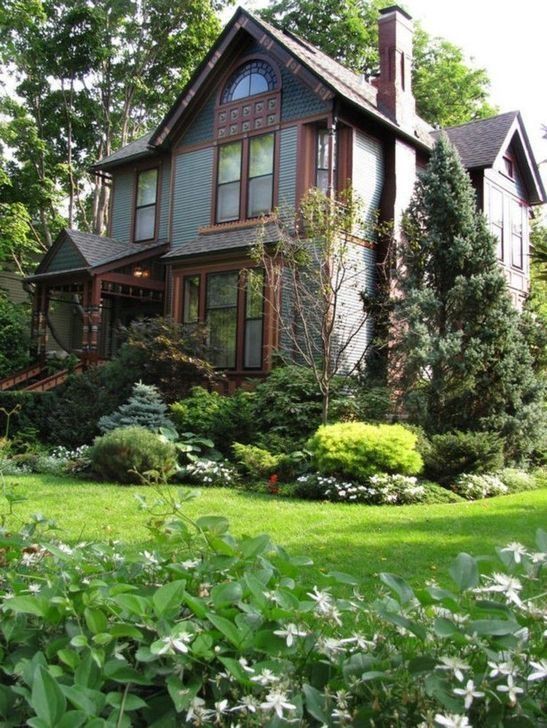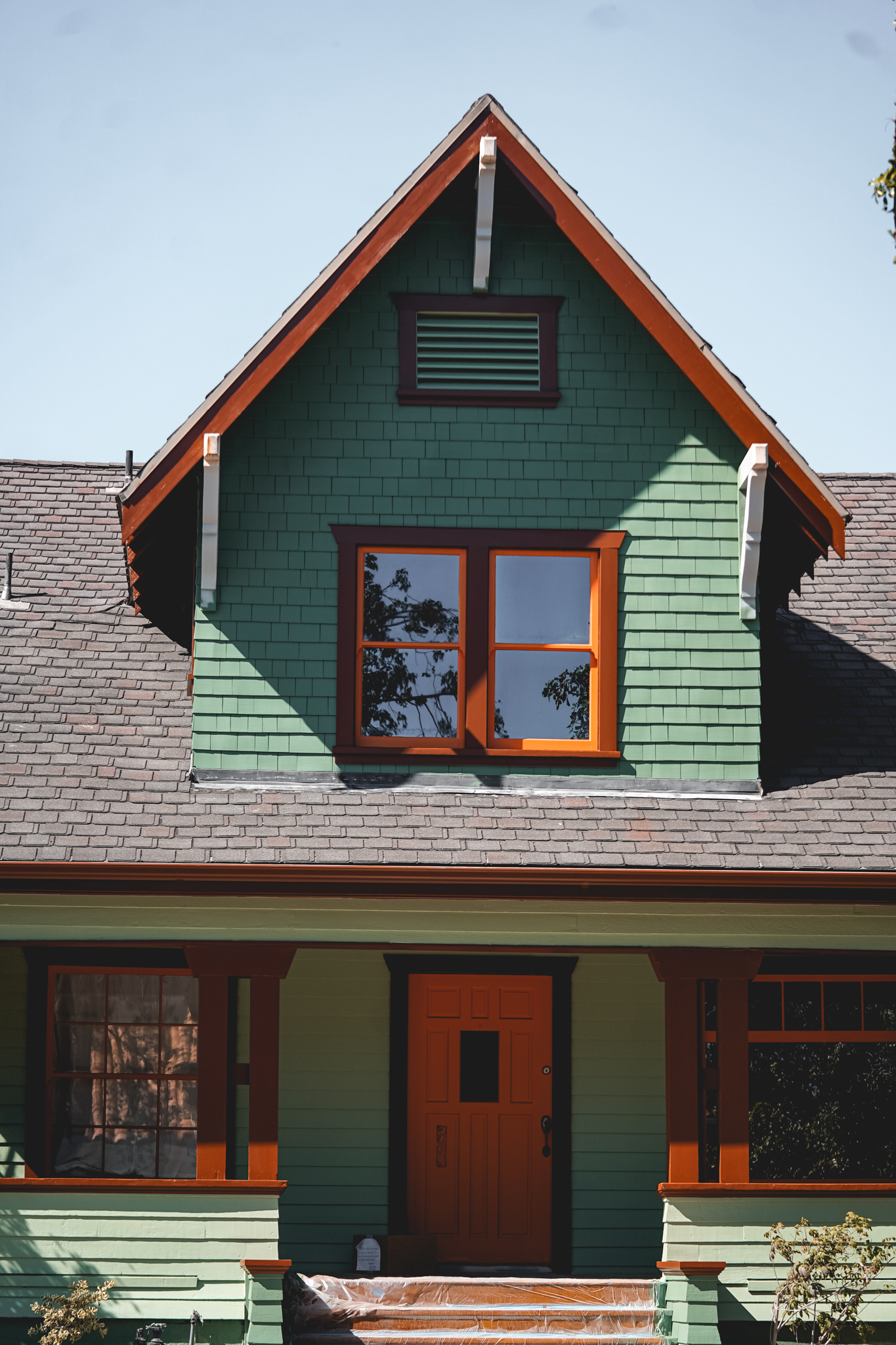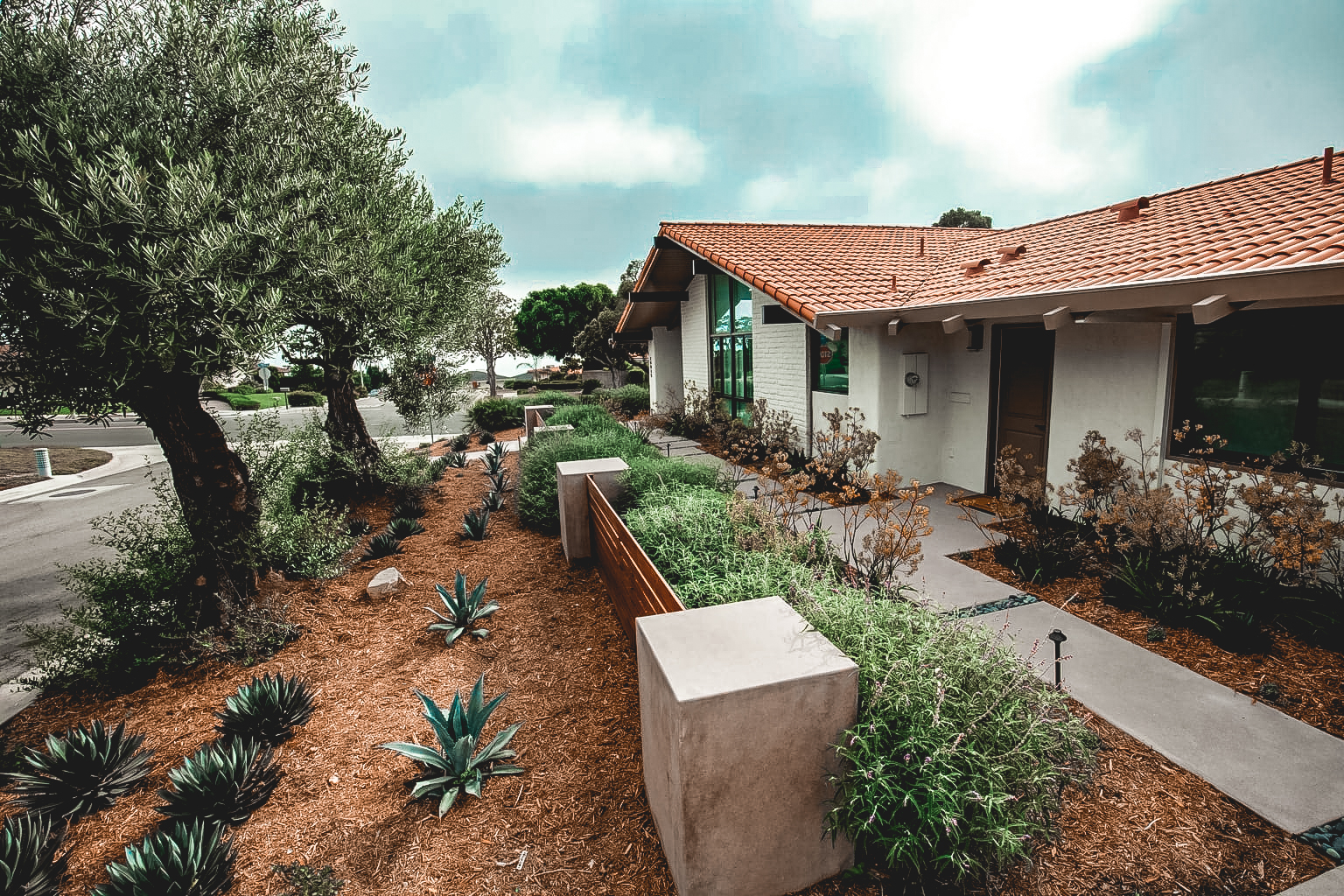Renovating an old house can be a dream come true for many homeowners. The charm of restoring a historic property and giving it a new lease on life is incredibly appealing. However, diving into such a project without proper planning can quickly turn the dream into a nightmare. Where do you start? How do you preserve the character of the house while making it functional for modern living?
In this article, we’ll guide you through the essential steps to begin your journey of renovating an old house and where to start.
1. Assess the Condition of the House
The first step in renovating an old house is to conduct a thorough assessment of its condition. Identify structural issues, inspect the foundation, plumbing, electrical systems, and the roof. Prioritize repairs and upgrades based on the urgency of the issues. Creating a checklist will help you stay organized and focused.
2. Set a Realistic Budget
Renovating an old house can be costly, especially if unexpected issues arise during the process. Set a realistic budget that includes a buffer for unforeseen expenses. Research the cost of materials, labor, permits, and any specialized services you might need. It’s crucial to have a clear understanding of your financial limitations from the outset.
3. Preserve the Historical Charm
Preserving the unique character of an old house is often a primary concern. Research the architectural style of your house and identify key features that should be retained. Salvage and restore original elements such as moldings, doors, and windows whenever possible. This not only maintains the authenticity of the house but also adds value to the property.
4. Plan for Energy Efficiency
Older houses are often not energy-efficient, leading to high utility bills. Plan for energy-efficient upgrades, such as insulation, energy-efficient windows, and energy-efficient appliances. Not only will this make your home more comfortable, but it will also save you money in the long run.
5. Obtain Necessary Permits
Before you start any renovation work, make sure you obtain all the necessary permits from local authorities. Renovations involving structural changes, electrical or plumbing work typically require permits. Failing to obtain the proper permits can result in fines and delays in your project.
6. Find the Right Team
Building a reliable and skilled renovation team is crucial. Hire experienced contractors, architects, and designers who specialize in renovating old houses. Check their references and view their previous work to ensure they understand the unique challenges that come with historic properties.
7. Plan for Temporary Accommodations
Depending on the scope of your renovation, it might be necessary to find temporary accommodations. Living elsewhere during major renovations can reduce stress and ensure your safety, especially if there are significant structural changes being made to the house.
Renovating an old house is a labor of love that requires careful planning, dedication, and patience. By assessing the condition of the house, setting a realistic budget, preserving its historical charm, planning for energy efficiency, obtaining necessary permits, assembling the right team, and making arrangements for temporary accommodations if needed, you can embark on your renovation journey with confidence. Remember, each old house has a story to tell, and your renovation efforts will help preserve its legacy for generations to come.
Good luck with your renovation project!
Check out Restoring a Vintage Home in Orange County: Tips and Tricks for more bright ideas.



